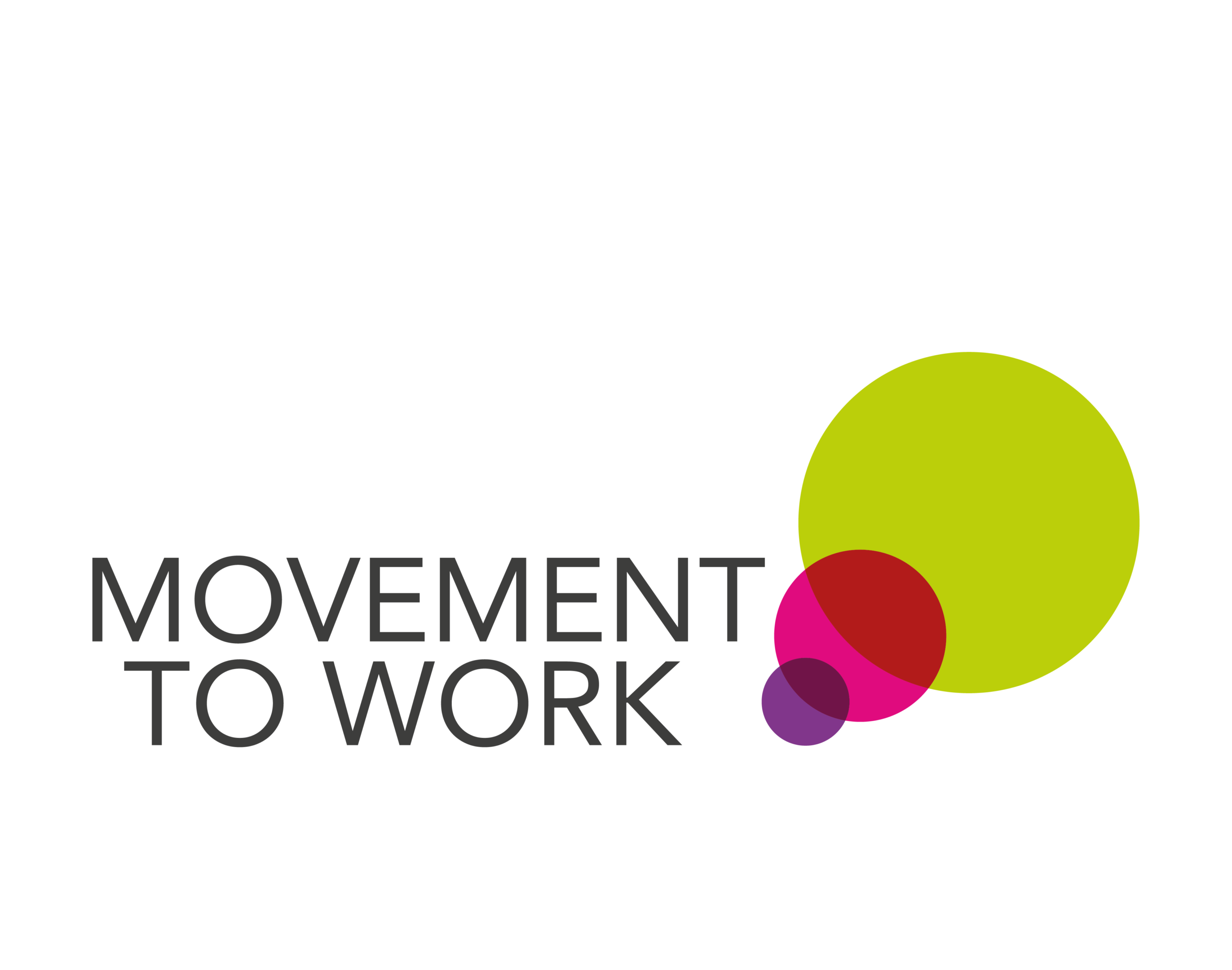Movement to Work are conducting research with Oxford Insights into the impact of Generative Artificial Intelligence (GenAI) on job-seeking young people not in education, employment or training (NEETs).
As part of this research, we are conducting a survey between July 8th – 26th to gather quantitative information on a broad sample of young people.
This research aims to provide insights that will encourage employers to future-proof job opportunities and help prepare NEET youth for the AI-augmented workforce.
We would like to ask our network for help with distributing this survey to those in our target audience.
The survey will focus on young people (16-30 yrs) who are not in employment, education, or training at the time of the survey. The survey will be distributed through Google Forms, and all data will be handled in compliance with GDPR. The survey will involve 3 sections: barriers to employment, attitudes toward and uses of generative AI and demographic information. Participants will be able to opt-in to receive educational resources on generative AI and have the chance to win a voucher.
Please use the following resources to facilitate sharing this survey:
- A link to the survey: https://bit.ly/mtw-genai
- A printable poster including a QR code linking to the survey: Download now
- A scannable QR code that links to the survey: Download now
Partners
Movement to Work, in partnership with the Prince’s Trust and co-sponsored by Accenture UK, Microsoft and GetMyFirstJob, has commissioned Oxford Insights to conduct research and compile findings between June and September 2024. Please stay tuned for the latest news and updates.










